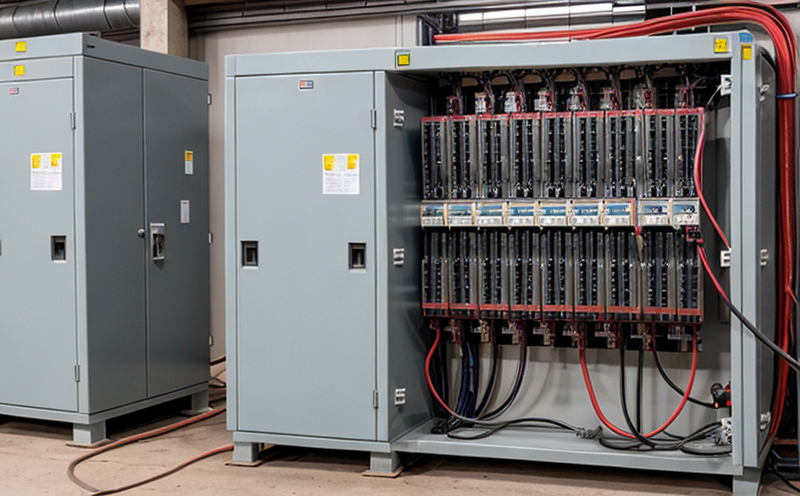IEEE 693 Seismic Testing of Transformer and Switchgear Installations
The IEEE Standard for Seismic Evaluation of Electric Power Transformers, Switchgear, and Related Equipment (IEEE Std. 693-2017) provides a robust framework for the seismic evaluation and testing of transformers and switchgear installations. This service ensures that equipment installed in areas prone to earthquakes is capable of withstanding potential ground motion. Proper seismic testing helps prevent catastrophic failures during natural disasters, ensuring reliable power supply and reducing downtime.
Seismic testing is crucial for facilities like substations, distribution centers, and critical infrastructure. The test simulates real-world earthquake conditions by applying controlled forces to the equipment, measuring its response, and evaluating structural integrity and performance. This process not only meets regulatory requirements but also enhances safety and operational reliability.
The service includes a detailed evaluation of the transformer or switchgear’s ability to withstand seismic events based on international standards such as IEEE Std. 693-2017. It involves thorough preparation, including equipment placement in a controlled environment that mimics the conditions found during an earthquake. The test results provide critical insights into the structural health and operational performance of the installed equipment.
Understanding the seismic zones where installations are located is essential for accurate testing. The service considers local geology, soil characteristics, and building codes to tailor the test parameters appropriately. This ensures that the equipment not only meets but exceeds safety standards in its specific environment.
Applied Standards
The IEEE Standard for Seismic Evaluation of Electric Power Transformers, Switchgear, and Related Equipment (IEEE Std. 693) is the cornerstone of this service. It provides comprehensive guidelines for assessing the seismic performance of electrical equipment. Compliance with these standards ensures that testing meets industry best practices.
Other relevant standards include:
These standards provide additional context and ensure that the testing process adheres to the highest quality benchmarks.
Scope and Methodology
| Test Parameters | Methodology |
|---|---|
| Earthquake simulation forces | Controlled application of seismic forces using hydraulic actuators |
| Structural integrity assessment | Visual inspection and structural analysis |
| Performance evaluation | Data collection on operational parameters during simulated earthquakes |
The scope of this service encompasses the entire lifecycle of seismic testing, from initial preparation to final reporting. The methodology involves several critical steps:
- Site evaluation and environmental assessment
- Equipment setup in a controlled environment
- Application of simulated earthquake forces
- Data collection and analysis
- Evaluation against standards and acceptance criteria
- Preparation of comprehensive test reports
The process is designed to ensure that the equipment meets stringent safety and performance requirements, thereby minimizing risks during seismic events.
Why Choose This Test
- Comprehensive evaluation of seismic resilience
- Ensures compliance with international standards
- Data-driven insights into structural integrity and performance
- Reduces risk of catastrophic failures during earthquakes
- Maintains operational reliability and safety
- Meets regulatory requirements for seismic zones





